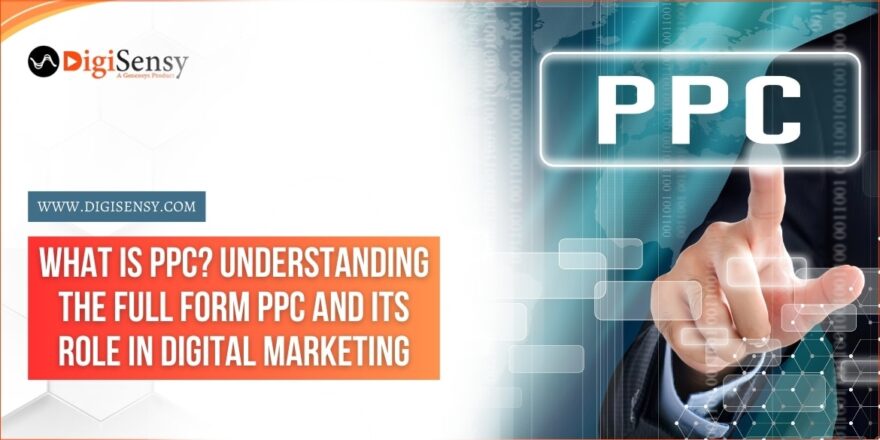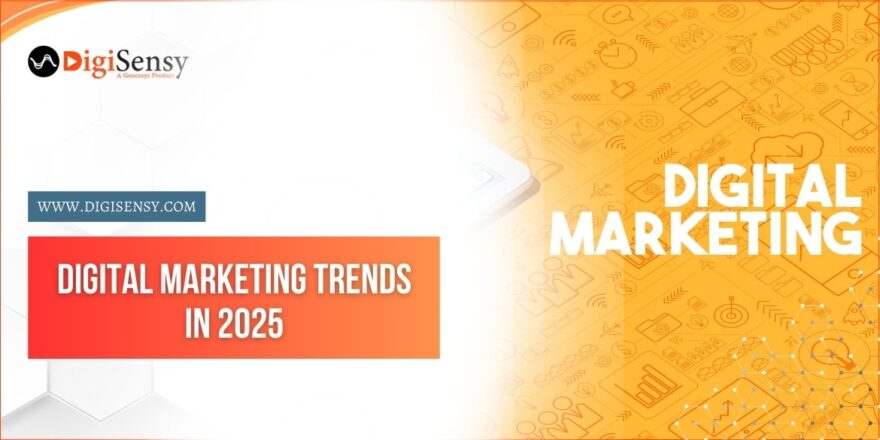In recent times, healthcare marketing has meant flyers, billboards, and word-of-mouth referrals. Fast forward to today, and it is a whole new world: Patients are searching for doctors online, checking reviews before they book appointments, and sometimes opting for virtual visits instead of waiting rooms. What we see here is not merely a phase of digital transformation; this is its future. And digital marketing for the doctors, adapting to it becomes a necessity rather than an option. In this blog, we will discuss how healthcare providers can best use digital strategies to enhance their relationships with patients, grow their practices, and serve themselves in an industry that constantly changes.
Personalisation: Making Patients Feel Seen and Heard
Today’s patients are accustomed to personalized experiences, from Netflix recommendations to online shopping suggestions. Healthcare should be no different.
Why it matters: Personalization builds trust. When patients feel like your communication is speaking to them, not just at them, they’re more likely to engage, come back, and refer others.
Here is what you can do:
- Get to know your patients: Responsibly collect data; think about demographics, past visits, and health goals to understand what your patients care about.
- Have more tailored messaging: Target your messages with flu shot reminders, follow-up reminders, and wellness tips based on each patient’s individualized needs instead of generic e-mails to all.
- Content with Context: Make blog posts, videos, and social media content for different patient types: busy parents, active seniors, chronic illness patients, or whatever matches your practice. When you show up with value that feels relevant, patients feel seen, and that builds loyalty.
Telehealth: The New Normal is Here to Stay
The pandemic might have triggered the telehealth boom, but the reality is that virtual care offers timely convenience and accessibility. Patients now expect the option to see a doctor from their couch.
Why Telehealth Matters: Telehealth has moved beyond being merely a safety protocol in a pandemic; it’s now a convenience that provides equity in accessing healthcare, especially among busy working classes, rural patients, or those with challenges in their mobility.
Here Is What You Can Do:
- Promote it openly: Make sure patients know it’s an option, feature it on your website, on social media, and in appointment reminders.
- Teach patients: Many people still don’t know how to use telehealth or what conditions are appropriate for it. Generate FAQs, video walk-throughs, or short guides.
- Provide effortless execution: Invest in platforms that are user-friendly and have easy scheduling. The more painless it is, the more likely they will come back.
Marketing the normalisation of telehealth is truly staying on trend to meet your patients where they are, literally.
Patient Experience Secret Ingredient to Long-Term Growth
Healthcare is not just about curing people. It is to make the patient feel like it is cherished – before, during and after the appointment. It is a smooth, friendly and efficient digital journey.
The value of it: It helps add word-of-mouth, reviews, and retention. The worse it is, the more patients bypass the competition.
Here Is What You Can Do:
- Streamlined scheduling and communication. Online booking, digital forms and chat support would go a long way towards making everything faster and easier.
- Following up. Appointment reminders, tips for care after visits, and check-in messages. It shows that you care outside of the exam room.
- Get feedback. Create a provision for patients to give reviews or surveys where they could voice their take on things.
Goal: Render every interaction-digital or face-to-face, effortless and as supportive.
Artificial Intelligence: Not sci-fi, just smart marketing
Sounds futuristic, indeed, yet it has already reformed the way doctors market their services and communicate with patients. It is like a superpowered assistant on call 24/7.
Why it’s important: AI saves you time, forms wise decisions, and personalizes care in a once impossible way.
Here Is What You Can Do:
- Put AI chatbots on your site. It could answer commonly asked inquiries, set up appointments, or refer patients to the correct service while you concentrate on aiding them.
- Typical applications are designed to identify trends in patient data that can allow AI to focus on who might need follow-ups, reminders, or even outreach for preventative care.
- Speeding Content Creation: “AI think tanks” produce ideas for blogs, social messages, or “test” multiple email copies. You still control the voice; AI makes it all faster.
Think of it as a digital ally that helps you serve more patients more efficiently.
Online Reputation: Your Digital Word-of-Mouth
Before placing a call to your office, a patient has probably already Googled you. Whatever they find reviews, ratings, or testimonials; plays a great part in booking or not.
Why it matters: Your online presence is often the first impression made. A good reputation earns patient trust; a bad one kills the interest in its tracks.
Here’s what you can do:
- Make it easy to leave reviews. After such appointments, request that happy patients post a quick Google or Healthgrades review.
- Respond professionally. Thank your reviewers, whether they are good or bad, and eloquently empathise with their issues. Patients can see through this.
- Maintain consistency across listings. Your name, address, phone number, and hours should be the same across Google, directories, and social platforms.
True reputation management is about consideration, presence, and authentic response, not a control mechanism.
Video Marketing: Show, Don’t Just Tell
Video is one of the strongest digital marketing tools available in today’s world. They engage, are easy to digest, and build trust faster than anything else, even text.
Why it matters: Seeing faces and hearing voices will connect people. A 30-second video invitation from one of your staff can, in a flash, transform a cold click into a warm appointment.
Here’s what you can do:
- Make simple explainer videos for patients to understand procedures, treatment, or common health questions.
- Meet the team on camera; let your practice come to life through the people behind the scrubs.
- Go live: Answer questions or take your community on a tour of your clinic via Instagram or Facebook Live. It’s a real-time way to build a sense of belonging.
There is no need for a Hollywood studio. Get yourself a phone, some natural light, and talk your truth!
Social Media: Your Modern-Day Waiting Room
Social media is not only the domain of influencers. It’s where your current and future patients spend their time. You hit the nail on the head, remaining top-of-mind while truly connecting with them.
Why It Matters: Being active on Instagram, Facebook, or even TikTok keeps your name as the trusted authority in the field, but even more, you become a familiar and friendly face.
What You Can Do:
- Be relatable. Share health tips, behind-the-scenes clips, employee shout-outs, or even a little humour. Authenticity wins.
- Get interactive. Polls, stories, and live questions and answers are fun and engagement gold.
- Be consistent. You don’t need to post daily, but regularly posting high-value content will help build momentum.
Think of social media as the voice of your practice, and speak loudly with authenticity, helpfulness, and consistency.
Wrap-up Thoughts:
The future of digital healthcare marketing won’t be about gimmicky tricks and flashy ads. It’s about creating real connections with real people in the spaces they already inhabit: online. Digital marketing for doctors and healthcare providers is not merely another task in life; rather, it is an opportunity to advance one’s practice by strengthening relationships and bettering patient outcomes. Whether you are a solo practitioner or part of a big clinic, the time to go digital is now. And you do not have to do it alone; DigiSensy can lead you from strategy to execution so that you can do what you do best: heal and help.




